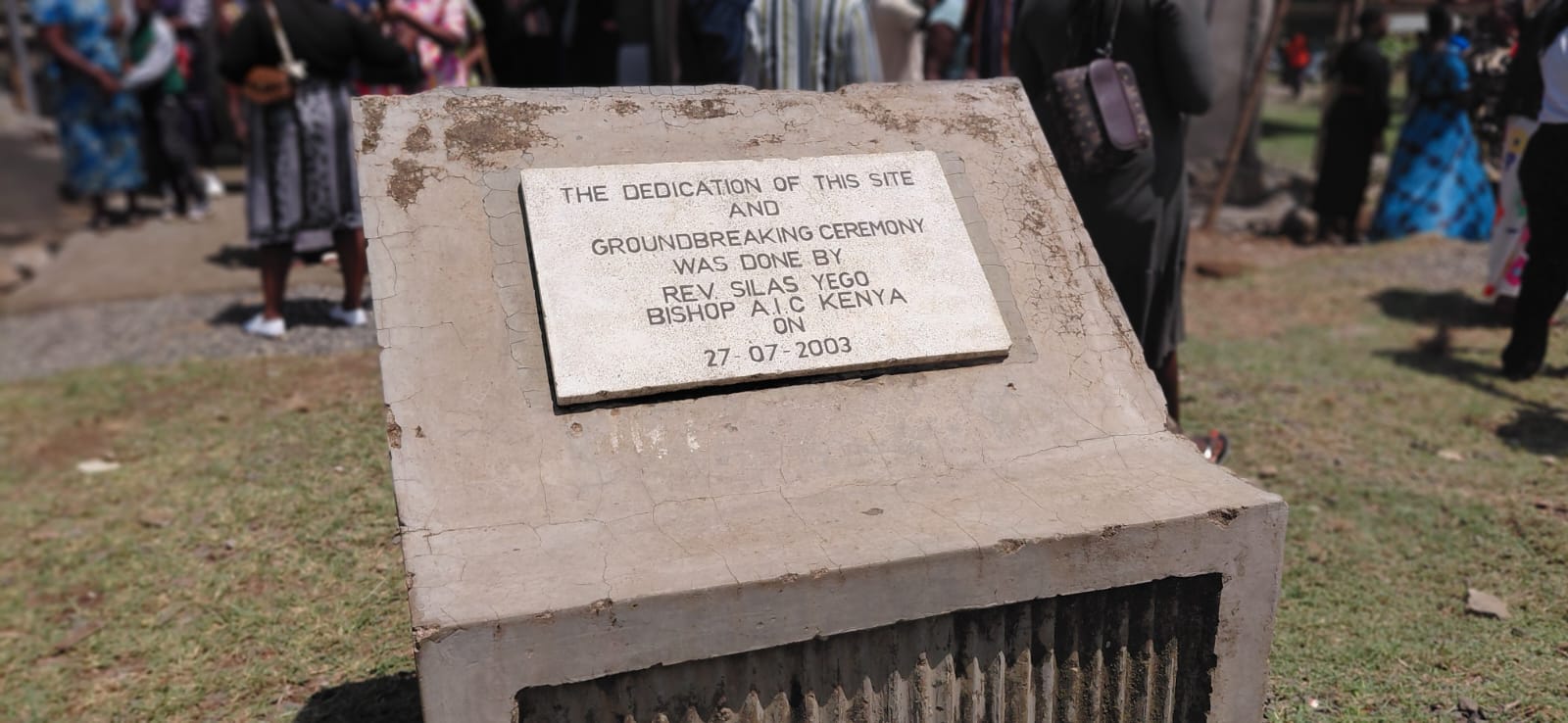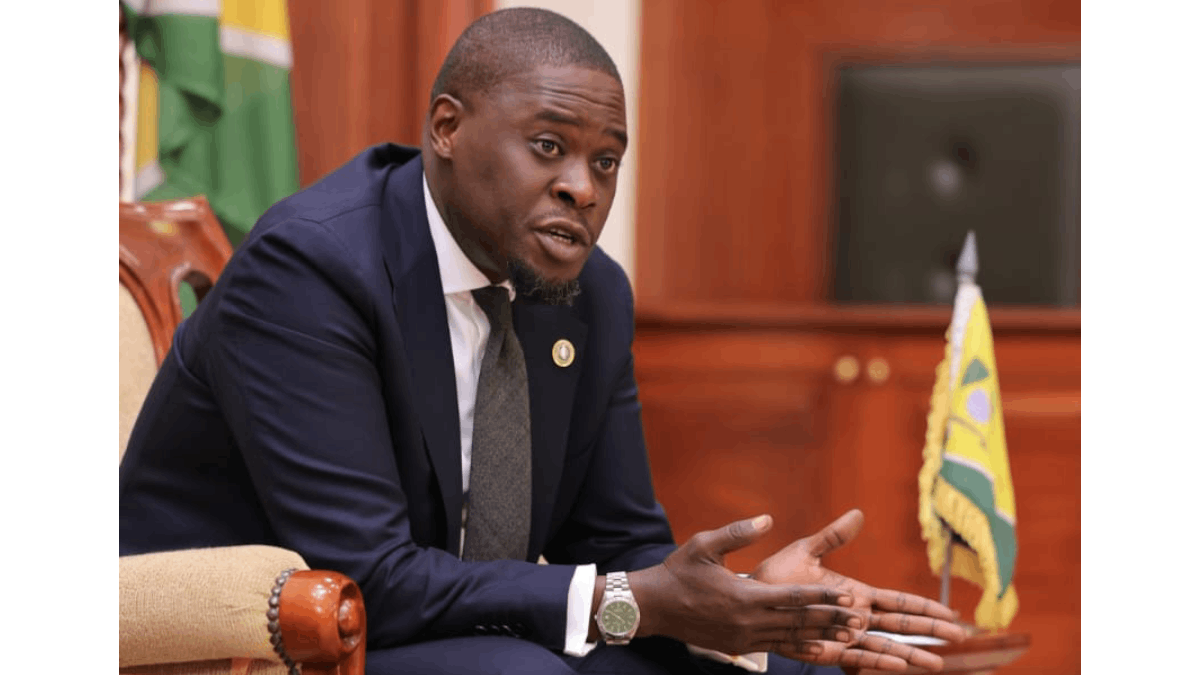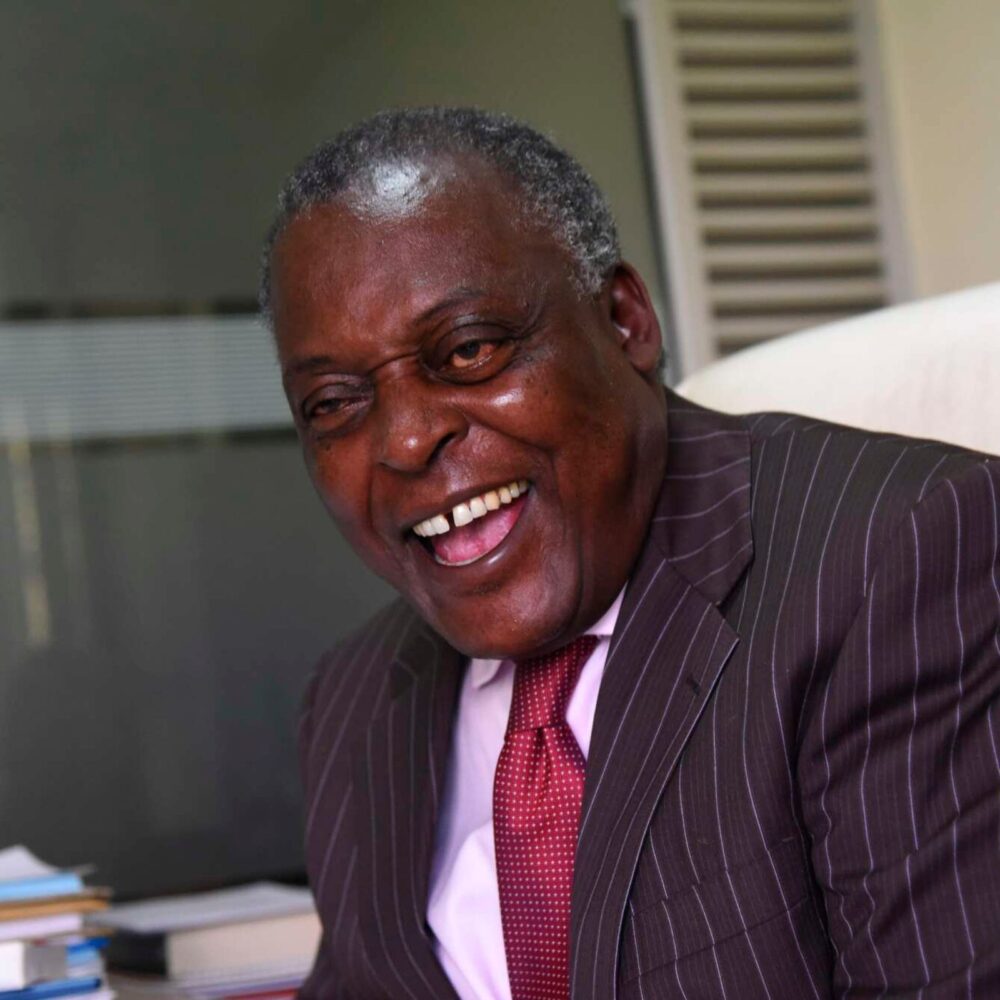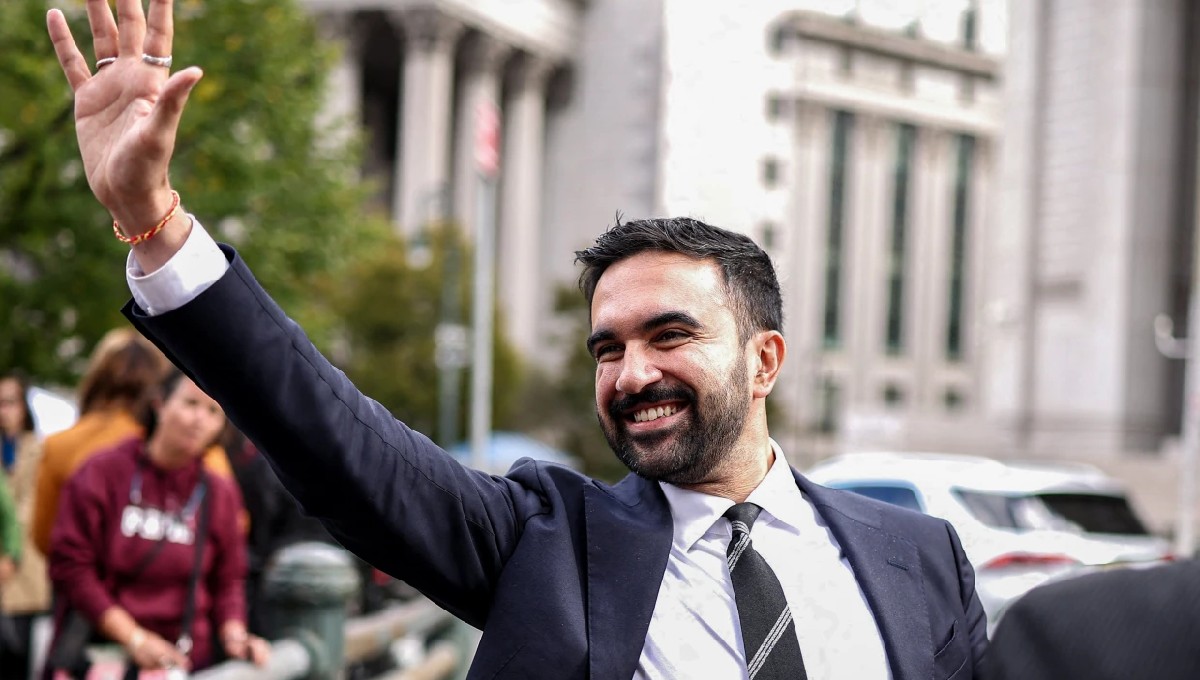A wave of discomfort swept through congregants at the AIC Arina Church in Kisumu Central Sub-county when the invited chief guest, Interior Cabinet Secretary Kipchumba Murkomen, paused mid-speech and observed almost in disbelief, that “fundraising has become too much.”
His statement drew uneasy murmurs from the crowd. For many, it was the first time a senior government official, standing at the pulpit, had publicly voiced what Kenyans whisper privately: that the church’s endless harambees have turned sacred spaces into arenas of financial fatigue and political theatre.
Murkomen, who also delivered President William Ruto’s Ksh. 2 million contribution took the congregation on a brief walk through history.
“Hii kanisa imejengwa kwa miaka mingi sana. Moi alikuja akaanzisha, Kibaki akafika akashiriki na akaenda kama Moi, Uhuru akajikaza na natumai raundi hii itaisha,” said Murkomen, his tone carrying both humor and frustration. (“This church has been under construction for many years. Moi came and began it, Kibaki came, participated and left like Moi, Uhuru tried his best and I hope this round it will be completed.”)
He noted that even though the late President Daniel arap Moi laid the foundation decades ago, the building still tells a story of unfinished missions and recurring appeals. President Mwai Kibaki and Uhuru Kenyatta followed suit, each lending support to the same project.
“We have seen presidents come and go, yet the church remains under construction,” Murkomen said, drawing mixed reactions from the congregation.
But what truly shocked the congregation was not Murkomen’s candour, but the confession from local leaders that they had not been formally invited by the church.
Kisumu County Woman Representative Ruth Odinga, Deputy Governor Dr. Matthews Owili and former Kisumu Central MP Fred Ouda all admitted that they only attended after receiving late-night phone calls from the chief guest himself.
The area MCA was notably absent, only a nominated MCA was spotted, quietly seated among congregants until protocol required him to stand and acknowledge the county leadership present.
The revelations cast an awkward shadow over the day’s proceedings, exposing apparent disorganization within the church leadership and raising questions over transparency in how such events are planned and who truly benefits from the massive collections.
If the fatigue of fundraising was palpable, the climax came when the church choir announced yet another drive, this time to buy a choir bus. Their spirited performance earned them Ksh. 100,000 from Murkomen and Ksh. 10,000 from each of several leaders, including Senator Prof. Tom Ojienda and MP Dr. Joshua Oron.
But among the crowd, the mood had shifted. What began as a worship service had morphed into a spectacle of money and politics, creating a reflection of the uneasy marriage between faith and power that increasingly defines Kenya’s churches.
From Moi’s era to Ruto’s presidency, AIC Arina’s fundraising saga mirrors a national trend: churches turning to perpetual harambees, often relying on political goodwill to fund never-ending “projects.”
What was once an act of faith and community building is now drawing suspicion, fatigue and ridicule. As one elderly congregant whispered, “If four presidents couldn’t finish this church, what are we still fundraising for?”
Our efforts to reach the leadership of AIC Arina church for their response proved futile as both phonecalls and messages were met with unmeritted coldness.
The question that now lingers, not just for AIC Arina, but for Kenya’s broader church community is; have harambees become a sacred tradition or a sacred scandal?












